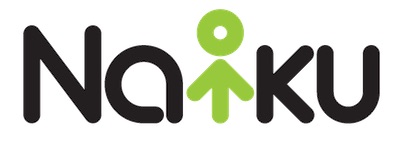We all knew that learning is not a passive mechanism – the learner (i.e., the student) must be an active participant in the process. But who knew that taking a test is also not a passive mechanism for assessing how much students know? Cognitive psychologists (learning and memory experts) knew, and they have been studying the benefits of testing for decades. What they’ve found is that test taking actually helps students learn. This phenomenon, called the testing effect, has been observed in a wide variety of materials, including word lists, general knowledge facts, visuospatial information, foreign language vocabulary, and text passages.
For example, when students read a passage about a scientific subject and took a test asking them to recall what they read, they retained more of the information a week later than students who repeatedly studied the material or constructed concept maps to arrange and organize the information in some kind of meaningful diagram. Results like these have mostly been confined to the annals of esoteric psychology research journals. Yesterday, they made it to the prestigious journal Science. And today, these results were reported and summarized by the NY Times: http://nyti.ms/eZFu44. This should help make the phenomenon more widely known and hopefully make its way into the classroom.
If it makes its way into the classroom, what does this mean for teachers? What does it mean for students? For teachers, does it mean that they should be giving more tests and quizzes? If so, what types of tests and quizzes? Does testing with multiple-choice items produce the testing effect? Or it the effect only produced by sophisticated recall (or constructed-response) items? Should they not ask students to create concept maps? For students, should they no longer simply study or re-study the material? Should they not create notes and diagrams to help them build a mental model or representation of the concept?
I believe the answer does not necessarily suggest changing current testing and learning processes. Rather, the answer must come from a change in mindset. All too often, teachers and students dislike giving and taking tests, respectively. Some teachers view giving tests as instruction time lost. Some students view taking tests as opportunities to show what they don’t know. Instead, both teachers and students must view testing as a learning opportunity.
The best way to make testing a learning activity is to engage in formative assessment. Many formative assessment activities require students to engage in self-assessment and peer-assessment. These activities require students to test and quiz themselves, evaluate themselves, and evaluate their peers. In the formative assessment process, teachers can also give more quizzes so that they can track and monitor student progress over time.
To do this however, does require a little change in the testing process. The more tests and quizzes that are given, the more formative activities that are done, the more data you have. This requires not only tools to help make the assessment process more efficient, it also requires tools to help manage and make sense of the data.
How do we assist teachers and students in making the transition to a more meaningful form of assessment, namely, formative assessment? A significant part of the solution is to provide them with tools that will make formative assessment an integral part of their workaday world – something that is easily done, yet powerful in its purpose and promise. The Naiku Platform is just such a tool.

